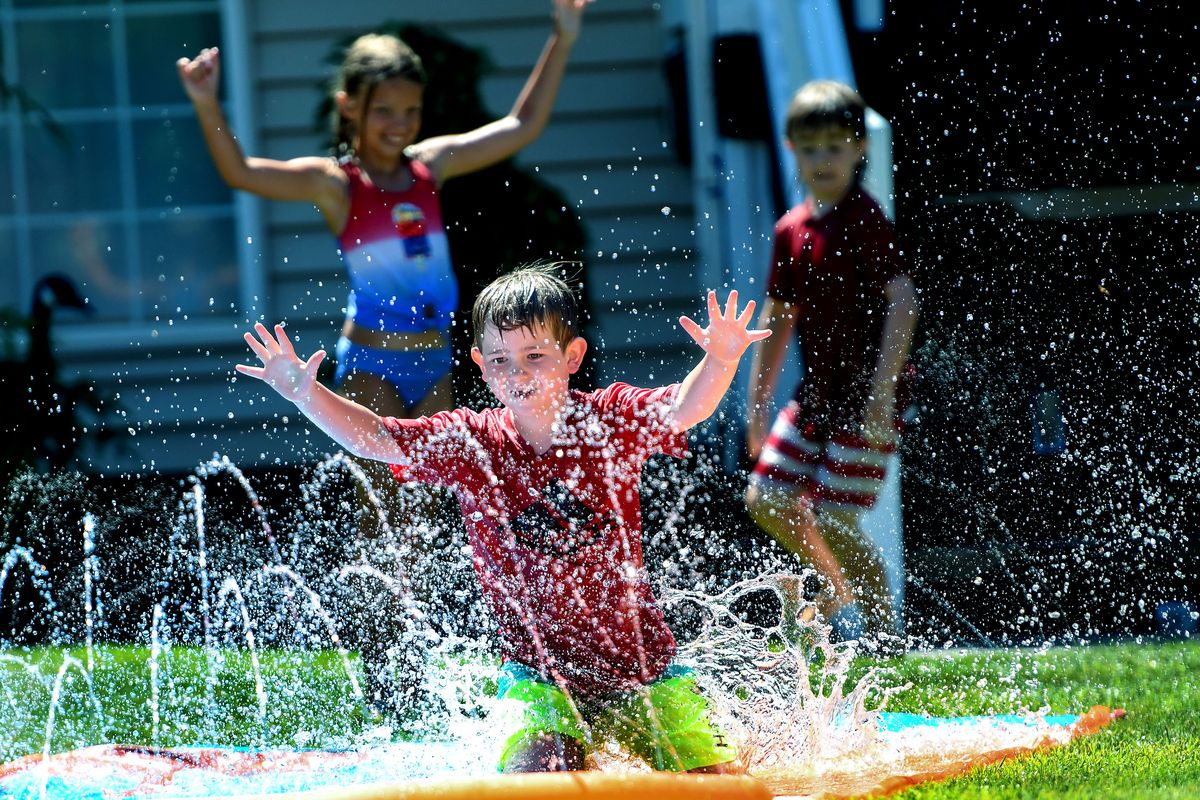Weathercatch: Inland Northwest sets string of 1st place records in summer 2021

With only five days remaining of meteorological summer (June through August), it’s a good time to take a look back on the many “firsts” that produced a historic season that felt more like five months than three.
Simply put, summer 2021 slammed the Inland Northwest with serious heat. Records tumbled left and right as extreme, prolonged heat and very little rain dominated conditions from mid-June through mid-August. Where we typically see one or two big heat waves each summer, this time around we saw six with only minor breaks in between.
The first in the string of heat records occurred in late June, when the Pacific Northwest found itself in the throes of the hottest weather ever documented in the region. On June 27, Spokane reached its all-time high temperature of 109 degrees, breaking the long-standing record of 108 set in August 1961.
During that early summer heat wave, all-time records fell in numerous other Washington locations, as well, from Seattle and Olympia to Yakima and the Tri-Cities. The unprecedented heat surge was caused by a dome of high pressure pitched over the Northwest and British Columbia. The dome’s intensity level was “so statistically rare that it might be expected once every several thousand years on average,” wrote meteorologists with the Washington Post.
Then came July, the hottest month in recorded history – not only in the Inland Northwest but worldwide, according to the National Oceanic and Atmospheric Administration. On a local level, Spokane’s average high temperature was 91.4 degrees, compared with the normal average high of 84.1. What’s more, even our overnight lows were high, averaging 63.6 degrees compared with 56. Taking the daily highs and lows together, July’s average temperature was 77.5 degrees, beating the long-standing record of 75.9 degrees set in 1906.
In another first-ever, the U.S. Drought Monitor placed much of the Inland Northwest under “exceptional” drought for the first time on July 20. This is the most severe category of the monitoring system based on precipitation totals, snowpack amounts, stream flows and soil moisture.
As if those milestones weren’t enough, our summer also took first place for persistence. Spokane notched 42 days of temperatures 90 degrees and higher, toppling the previous record of 39 days set in 1958.
At times, the hot weather was more than unpleasant; it was dangerous. In Spokane County, 20 people died from the heat – more heat-related deaths than the past five years combined, according to county officials. In addition, extreme temperatures combined with the exceptional drought conditions led to numerous wildfires throughout Washington and Oregon.
With so many heat records shattered in the Spokane area, will summer 2021 go down in history as the hottest ever recorded?
We’ll know in five days. The season was well on track to achieve that distinction until a cold front moved in late last weekend. Several days and nights of cooler weather lowered our summer’s average temperature a bit. Regardless, you can expect the summer of 2021 to place first or a very close second behind 2015’s record-setting hot summer.
Although the calendar will soon flip to meteorological autumn, 90-degree weather may not be over yet. September’s outlook calls for more above-normal temperatures for all of Washington, according to the office of the state climatologist, with a slightly increased chance of below-normal precipitation east of the Cascades.